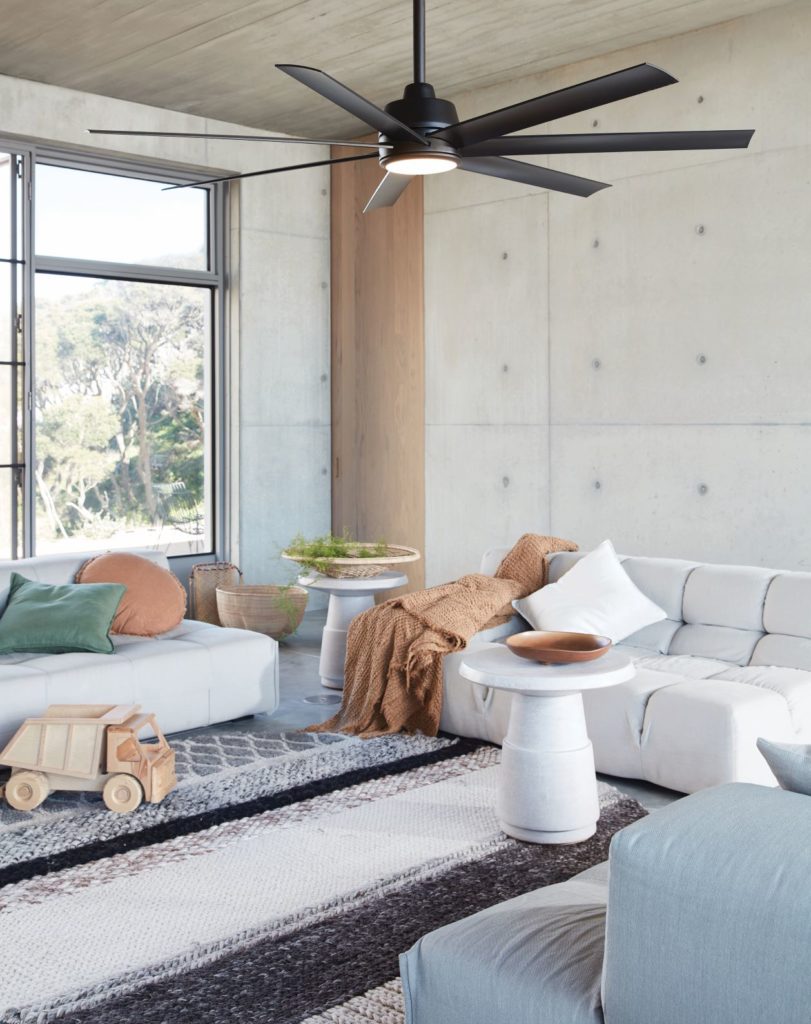From plastic wrapping to takeaway coffee cups (which are being used more now while keep cups are off limits due to COVID-19 restrictions), the little ways our habits impact the environment can quickly add up. With Earth Day on 22 April – this year’s theme is climate action – it is the ideal time to think about ways you can help contribute to a better future.

Challenge yourself
Show the Earth some much-needed love and try to incorporate some simple changes into your lives.
No new plastics: Refrain from buying new plastics for a week. Plastics make a huge amount of ocean waste and not all are fully recyclable. If you manage one week, try to extend the challenge for longer periods.
Invest in multi-use: Think about products that have dual (or more) use to get more bang for your buck and minimise waste.
Recycle: Recycle any product packaging, including cardboard, jars and plastics. And be sure to get the most of the products you already have – beauty brand Biossance suggests cutting tubes of products in half to use up every last drop before purchasing more.
Switch off: Be more conscious of your electricity usage. You don’t need all the lights on at once.
Reuse: Sterilise and reuse your empty jars as containers rather than purchasing new storage containers.

Live lighter
Minimise your impact on the environment through choosing energy-efficient lighting and cooling products. Here Beacon Lighting shares how to make the right choice for your home.
Choose energy efficient LED globes: An 8.5W LED globe uses almost five times less energy than a standard 42W halogen globe and lasts over seven times longer. This helps you save energy and money while reducing the number of globes ending up in landfill.
Save energy with DC fans: Direct Current (DC) powered fans are highly energy-efficient, requiring less energy to produce a superior air flow while costing just one cent per hour to run. It is estimated that in summer, using your fan with air conditioning can help to cool the room faster, saving energy and reducing cooling costs by 40%. In winter, running your fan in reverse mode to circulate the warm air that gathers at the ceiling helps warm up the room faster, saving energy and reducing heating costs by 10%.
Sensors: Besides enhancing your home’s kerb appeal, exterior lights with motion sensors help you to save energy by automatically turning on only when they detect motion. Plus, they improve your home’s security by deterring potential burglars.
Use switch dimmers: Dimmers allow you to control the amount of light to match your tasks – more light when you’re reading or working, less light when you want to relax or create a mood. This helps to reduce your energy usage and running costs.
Sustainable design
With more people taking an interest in sustainability, homewares are starting to adapt their products for the environmentally conscious. You can find rugs that are made from recycled plastic water bottles or, in the case of Sheridan, a sheet range featuring Tencel Lyocell fibres with Refibra technology created using upcycled cotton scraps and wood pulp from sustainable forests.

More stories:


